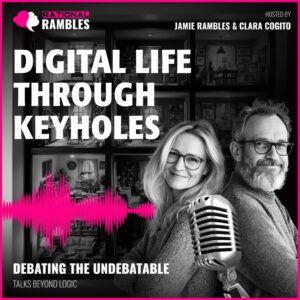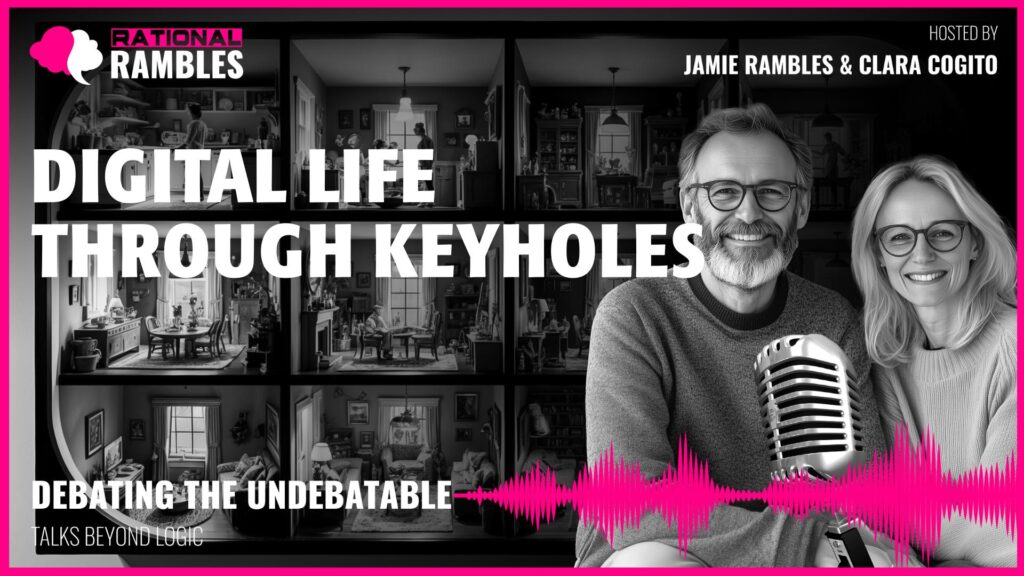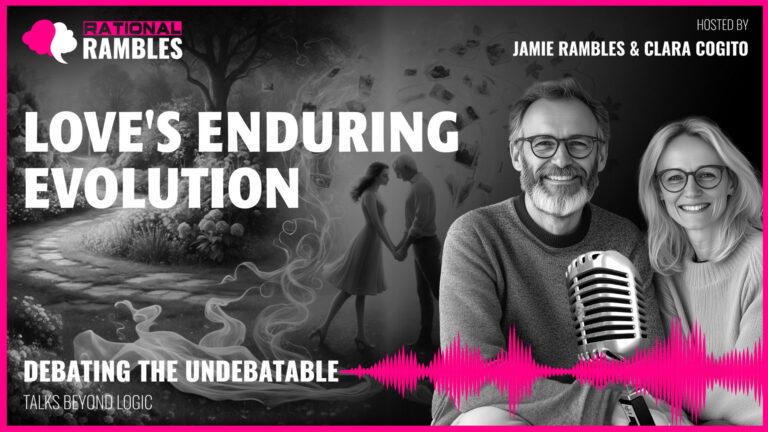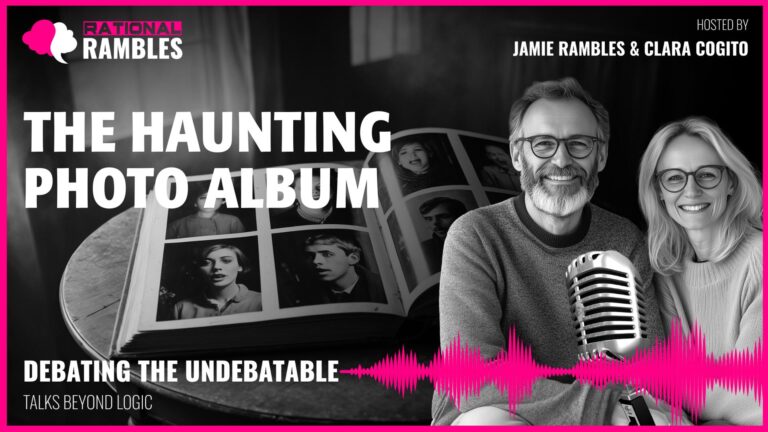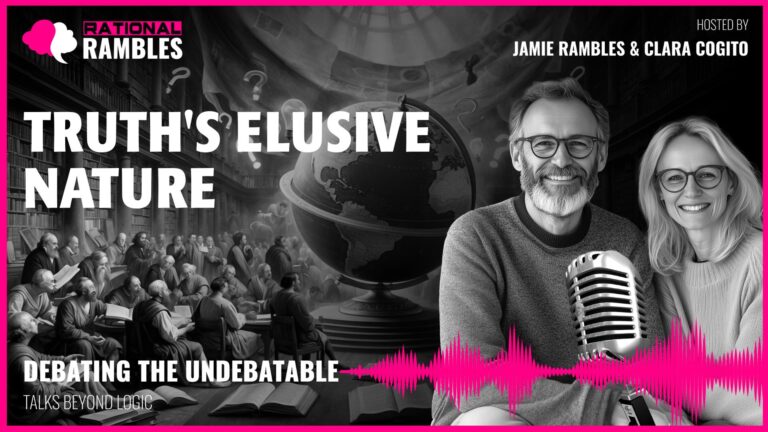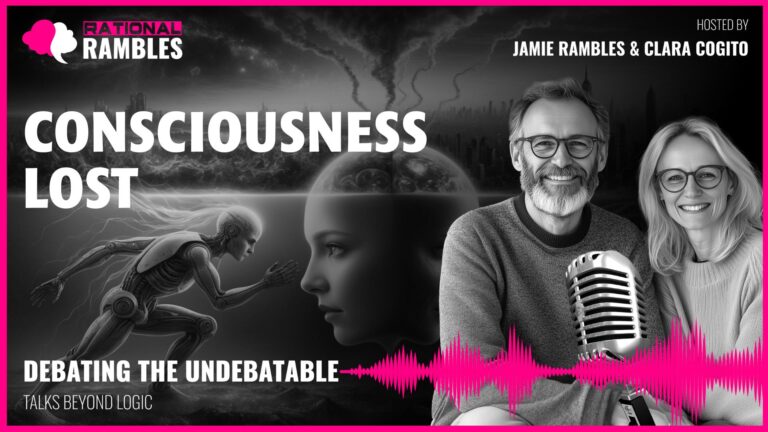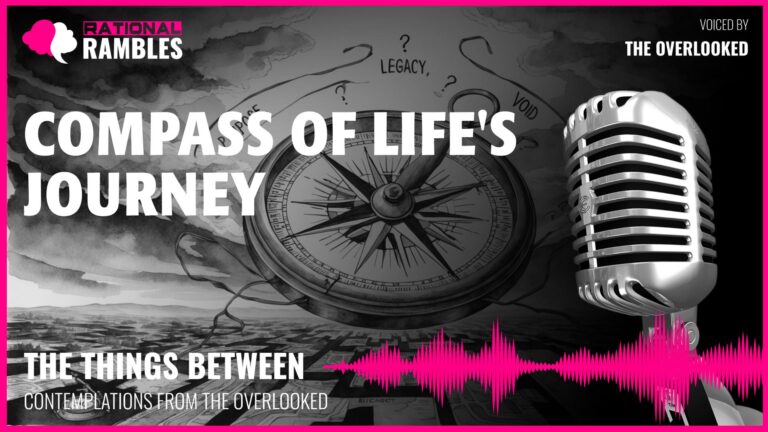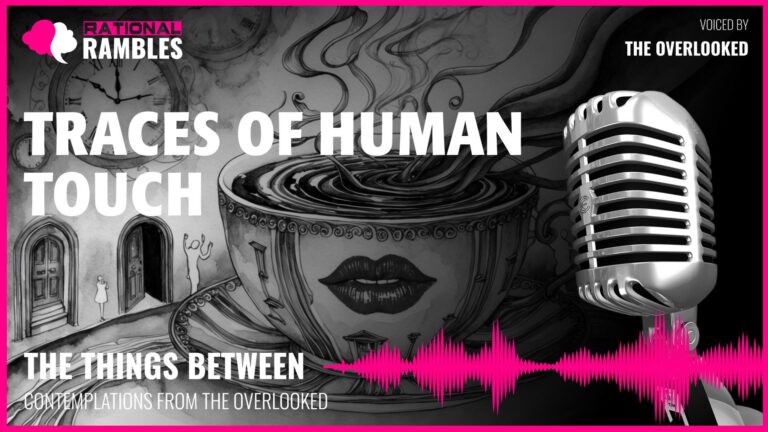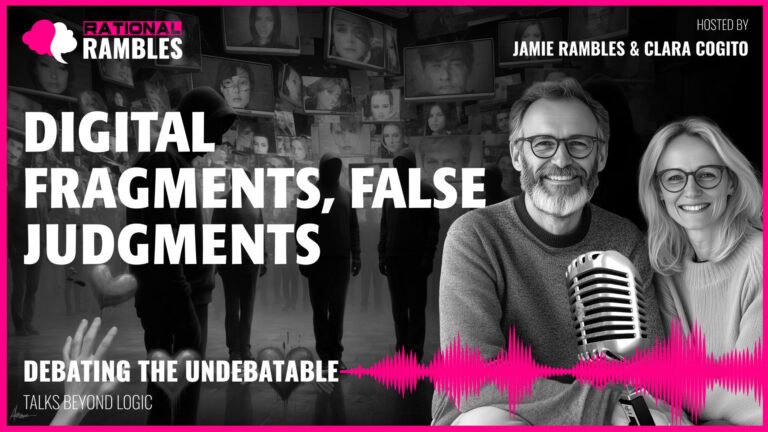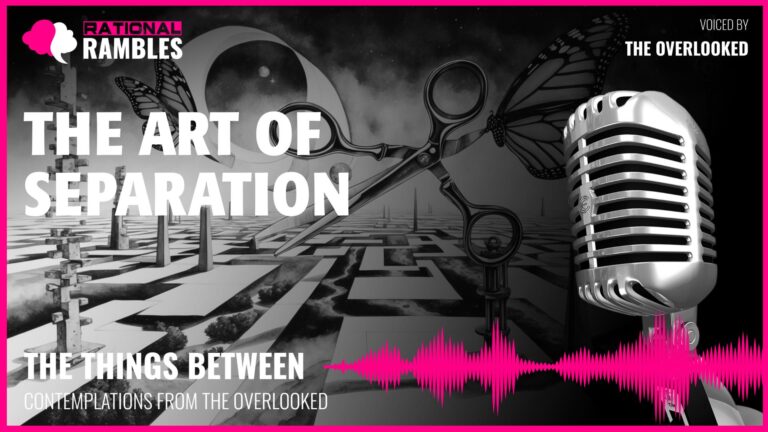Digital Life Through Keyholes: The Philosophy of Curated Existence in the Social Media Age
Introduction: Glimpsing Lives Through Digital Dioramas
In the vast digital landscape of the 21st century, we have become accustomed to observing each other through carefully constructed windows—social media profiles, curated Instagram feeds, selected moments shared on various platforms. These digital dioramas, much like their physical counterparts in museums, present meticulously arranged fragments of life designed to tell specific stories. Yet these digital displays purport to represent our authentic lives rather than artistic interpretations. This complex relationship between the curated and the authentic raises profound philosophical and psychological questions about how we understand ourselves and others in the digital age.
The metaphor of peering through keyholes captures something essential about our relationship with social media—we see selective glimpses of others’ lives that are deliberately staged and choreographed. This creates a fundamental asymmetry: we know the full context of our own presentations—the many attempts at capturing the perfect photo, the careful cropping to exclude chaos just outside the frame—but we see only the final, polished products of others’ self-presentations. This disparity in knowledge, even without intentional deception, creates an inherently skewed understanding of social reality.
This article explores the philosophical and psychological dimensions of living through these digital keyholes—examining questions of authenticity, identity formation, self-presentation, privacy, and the possibility of genuine connection in digital spaces. By drawing on philosophical traditions from existentialism to phenomenology and integrating contemporary psychological research, we seek to understand both the limitations of these digital glimpses and their potential for meaningful human connection.
The Philosophy of Digital Self-Presentation
The question of authenticity stands at the intersection of our digital and physical selves. When Martin Heidegger elaborated his concept of authenticity (Eigentlichkeit), he was concerned with living in accordance with one’s true self rather than conforming to social expectations. In today’s context, digital dioramas represent a new frontier for this philosophical problem—we deliberately construct versions of ourselves that may or may not align with our lived experience.
Performance and Hyperreality
Sociologist Erving Goffman’s influential work on the presentation of self provides a theoretical framework for understanding digital self-presentation. Goffman argued that we are always performing different roles depending on our audience, long before social media existed. However, digital self-presentation introduces several crucial distinctions: these performances are more deliberate, more permanent, and potentially viewable by anyone with internet access. They are no longer bound by physical reality—we can digitally alter our appearance, filter out messy backgrounds, and present highly idealized versions of ourselves and our environments.
This level of control introduces what Jean Baudrillard might recognize as hyperreality—a condition where the simulation begins to overtake the reality it was meant to represent. As we invest significant time and emotional energy in crafting our digital dioramas, these presentations can become more psychologically “real” to us than our unfiltered existence. The pristine Instagram kitchen may feel more authentically “ours” than the actual kitchen with its unwashed coffee cups and unfolded laundry, creating a strange inversion where the representation precedes and defines the real.
The Dual Role in Plato’s Cave
This situation creates a novel philosophical predicament. In Plato’s allegory of the cave, prisoners mistake shadows on the wall for reality because they’re unaware of the puppeteers casting those shadows. In our digital reality, we occupy both positions simultaneously—we are both the prisoners watching shadows (consuming others’ curated content) AND the puppeteers casting those shadows (creating our own carefully constructed presentations). We are both deceived and deceivers in this digital cave of our own making.
What’s particularly fascinating about this dual position is the cognitive dissonance it creates. We know intellectually that we’re seeing curated versions of others’ lives, yet we often respond emotionally as if they’re complete representations. This creates what psychologists call a “third-person effect”—we believe others are more influenced by these illusions than we are, even as we find ourselves comparing our unfiltered lives to others’ highlight reels.
Authenticity in the Age of Curation
This raises a fundamental philosophical question: Has the nature of authenticity itself changed in the digital age? If our aspirational selves—as represented in digital dioramas—are meaningful parts of our identity, perhaps the distinction between “authentic” and “curated” isn’t as clear-cut as it might initially appear. When we create digital representations of ourselves, we’re engaging in acts of self-interpretation and self-creation that have always been part of human identity formation.
However, the commercial imperatives and algorithmic incentives of digital platforms introduce new pressures that complicate authentic self-expression. When platforms reward certain types of content with greater visibility and validation, our self-presentation becomes partially shaped by these external incentives rather than internal values. This creates what Jean-Paul Sartre might describe as “bad faith”—a form of self-deception where we flee from our authentic freedom and responsibility by conforming to external expectations.
The Psychology of Digital Identity Formation
The philosophical questions surrounding digital self-presentation have profound psychological implications, particularly for identity development. Developmental psychologists have long recognized that forming a coherent sense of self requires experimentation and integration of various aspects of identity. Digital platforms present unprecedented opportunities for such experimentation but also create new kinds of pressures that can complicate healthy identity formation.
Possible Selves and Digital Aspirations
Psychological research on “possible selves”—the representations of who we might become, hope to become, or fear becoming—helps illuminate the relationship between digital self-presentation and identity development. Digital dioramas often function as visualizations of our hoped-for possible selves, giving concrete form to aspirational identities. This can have both positive and negative psychological effects.
On one hand, articulating possible selves through digital presentation can help clarify goals and values, potentially motivating positive development. On the other hand, when we begin to believe that others have already achieved what we’re still aspiring to because their digital dioramas look complete—while we know the backstage reality of our own lives—we can experience diminished self-esteem and well-being.
Research by Gonzales and Hancock (2011) found that selective self-presentation on social media can temporarily enhance self-esteem, but these effects are often followed by negative social comparison when viewing others’ idealized presentations. This psychological whiplash between self-enhancement and social comparison characterizes much of our digital experience.
Identity Contingency and External Validation
Digital platforms, with their quantifiable metrics of social approval (likes, shares, comments), create conditions for what psychologists call “identity contingency”—where sense of self becomes contingent on external validation. This represents a shift from intrinsic to extrinsic values in identity formation that developmental psychologists find concerning.
Research by Valkenburg et al. (2021) found that adolescents who received positive feedback on social media experienced momentary increases in self-esteem, but these increases were significantly larger for those with lower preexisting self-concept clarity. This suggests that those with less developed identities are more vulnerable to having their self-concept shaped by digital feedback mechanisms.
This dependence on external validation creates particular difficulties when digital personas become constraining. Clinical psychologists report cases of individuals feeling trapped by their online personas—unable to evolve authentically because they’ve built audiences or identities around particular presentations. The digital diorama becomes not just a window for others to look through, but a cage constraining authentic growth and expression.
Permanence versus Experimentation
Erik Erikson’s influential theory of psychosocial development emphasized that identity formation involves a period of exploration before commitment. Traditional identity development allowed for trying different roles with different social groups, with a certain forgiveness for inconsistency as part of the normal developmental process. Digital platforms, however, create a kind of permanent record that can make such experimentation more costly.
This digital permanence creates what researchers call “premature identity foreclosure”—committing to an identity too early because the social costs of experimentation have become too high. Recent research by Yau and Reich (2018) found that adolescents often maintain different accounts on the same platform (such as “Finstagrams”—fake Instagram accounts) to navigate this tension between authenticity and permanence, creating spaces where they can experiment with less concern for how this might affect their “official” digital identity.
This strategy represents an adaptive response to the psychological challenges presented by digital dioramas, but also indicates the extent to which digital permanence has complicated the normal developmental process of identity formation.
The Digital Panopticon: Privacy, Surveillance, and Self-Discipline
The nature of privacy has been fundamentally transformed in the age of digital dioramas. Traditional philosophical conceptions of privacy centered on the “right to be let alone” or control over who has access to information about us. In contemporary digital contexts, we voluntarily surrender certain aspects of privacy—inviting people to look through the keyhole, as it were—while simultaneously attempting to control exactly what they see through that keyhole.
From Privacy to Controlled Disclosure
This shift represents a fundamental reconceptualization of privacy from concealment to controlled disclosure. Young people in particular don’t necessarily want to be invisible online—they want to be visible but on their own terms. It’s less about preventing exposure and more about controlling the narrative of that exposure.
This creates what philosopher Isaiah Berlin might recognize as a tension between positive and negative liberty in digital contexts. Digital dioramas enhance our positive liberty—our ability to proactively shape how we’re perceived—while potentially diminishing our negative liberty—our freedom from external expectations and judgments. Research by boyd and Marwick (2011) documented the sophisticated privacy strategies young people employ not to hide, but to control how they’re seen by different audiences in networked publics.
Foucault’s Panopticon and Digital Self-Surveillance
Michel Foucault’s analysis of the panopticon—a prison design where inmates could potentially be observed at any time and thus internalize disciplinary gazes—provides a powerful framework for understanding digital self-presentation. Even when physically alone, the awareness of potential observation creates a condition of perpetual self-surveillance and self-discipline.
Neuroimaging studies offer biological confirmation of this theory, showing that awareness of being potentially observed activates neural pathways associated with social evaluation and threat. Research by Somerville et al. (2013) demonstrated that even the belief that one is being observed triggered activation in the medial prefrontal cortex and other brain regions associated with social cognition and self-awareness.
This constant awareness of being observed may help explain why social media use correlates with increased anxiety in many individuals—they exist in a perpetual state of potential social evaluation, with the brain responding to this digital observation in ways similar to physical observation.
The Tyranny of the Majority in Digital Spaces
John Stuart Mill’s concerns about the “tyranny of the majority”—the idea that social pressure can limit individual development even in the absence of legal constraints—takes new forms in digital contexts. When we’re all peering through each other’s keyholes and judging what we see, we create a collective monitoring system that might stifle genuine self-exploration.
Research confirms Mill’s concerns, showing that awareness of social norms in digital spaces can constrain authentic self-expression. Hampton et al. (2014) found evidence of a “spiral of silence” in social media, where people are less willing to discuss controversial topics when they believe their views differ from their network, leading to self-censorship and conformity.
This effect varies significantly across personality types. Individuals high in public self-consciousness experience these pressures more acutely, while those with stronger internal validation systems demonstrate greater resilience to digital judgment. This variability reminds us that technologies don’t determine our relationships to them in simple, uniform ways—our pre-existing psychological characteristics significantly mediate how we experience and integrate digital platforms into our sense of self.
Epistemological Implications: Knowing Through Digital Glimpses
Beyond questions of identity and privacy, digital dioramas raise profound epistemological questions about how we come to know ourselves, others, and the world. Traditional epistemology, particularly in phenomenological traditions, has privileged direct embodied experience as the foundation of our understanding of reality. But increasingly, our sense of what’s normal, possible, or desirable is shaped by digital glimpses into curated lives.
The Availability Heuristic and Skewed Reality Perception
Cognitive psychology offers important insights into how digital dioramas shape our understanding of reality. The “availability heuristic”—a mental shortcut whereby we judge the likelihood or normalcy of something based on how easily examples come to mind—is significantly influenced by the content we consume online.
Research by Chou and Edge (2012) found that heavy Facebook users were more likely to believe others led happier, more successful lives than themselves—a direct result of exposure to selectively positive content. When our mental examples come primarily from curated sources, our sense of reality becomes systematically skewed in measurable ways.
This has particular implications for developing minds. Research shows increasing “reality monitoring errors” among digital natives—difficulties distinguishing between events experienced directly versus those observed online. Children and adolescents growing up with social media form their understanding of concepts like friendship, success, or beauty increasingly through curated glimpses rather than direct experience, creating distorted benchmarks for their own lives.
Wisdom Development and Digital Simplification
Aristotle’s concept of phronesis—practical wisdom developed through lived experience and activity in the world—raises important questions about wisdom development in digital contexts. If our understanding of human life is significantly shaped by curated performances rather than the messy reality of lived experience, does this impoverish the experiential foundation needed for genuine wisdom?
Research on wisdom development suggests that wisdom requires exposure to life’s contradictions and complexities—precisely what gets filtered out in many digital dioramas. Studies by Grossmann et al. (2020) found concerning patterns where young people report less comfort with ambiguity and more black-and-white thinking patterns. Some researchers theorize this is partly because curated content tends to present simplified narratives without the nuances that foster wisdom.
Narrative Imagination and Moral Reasoning
Philosopher Martha Nussbaum argues that moral reasoning requires a kind of “narrative imagination”—the ability to understand others’ complex experiences. Digital glimpses, with their tendency toward simplification and aestheticization, may complicate the development of this capacity for moral imagination.
There is emerging evidence that heavy consumption of certain types of social media content shows correlation with reduced complexity in moral reasoning tasks. However, research also indicates that certain forms of digital storytelling—like long-form personal narratives or documentary-style content—can actually increase empathic accuracy and moral complexity.
This suggests that the epistemological implications of digital media depend significantly on the types of content we consume and how we engage with it. The distinction between passive consumption and active engagement emerges as crucial for understanding the epistemological effects of digital glimpses.
From Digital Dioramas to Digital Agoras: Possibilities for Authentic Connection
Despite the philosophical and psychological challenges posed by digital keyholes, there remain significant possibilities for authentic connection and meaningful engagement in digital spaces. Throughout history, new communication technologies have been accompanied by both moral panics and utopian visions—from the written word to the printing press to the telephone, all were initially feared to undermine authentic human connection. Yet humans have consistently found ways to use these technologies for meaningful exchange.
Media Literacy and Contextual Understanding
Psychological research offers encouraging evidence that explicit education about the constructed nature of digital content significantly reduces its negative impacts. Simply understanding that you’re looking through a keyhole rather than seeing the whole room makes a measurable difference in how digital content affects self-perception and social comparison.
Studies by Tamplin et al. (2018) demonstrated that brief educational interventions explaining the selective and constructed nature of social media content significantly reduced negative mood and body image concerns after viewing idealized images. This suggests that philosophical and psychological awareness of the partial nature of digital glimpses can serve as an effective buffer against their potential harms.
Reciprocal Vulnerability and Mutual Recognition
The concept of “reciprocal vulnerability”—allowing ourselves to be seen as well as seeing others—emerges as a crucial distinction between problematic and fulfilling digital encounters. Real connection, whether digital or physical, involves a mutual opening of doors rather than one-way observation, with all the vulnerability that entails.
Developmental psychologists describe “mutual recognition”—the experience of being truly seen and acknowledged by others—as fundamental to healthy identity formation. Research suggests that even in digital spaces, this mutual recognition occurs when there’s reciprocal vulnerability—when people share authentic aspects of themselves and receive genuine responses.
These exchanges have a different psychological signature than performances for anonymous audiences. Studies by Burke and Kraut (2016) found that targeted, personalized communication on social media was associated with increased well-being, while passive consumption or broadcast communication showed no such benefits or even negative effects.
From Spectatorship to Participation
The distinction between “spectatorship” and “participation” provides another framework for understanding more authentic digital connection. Much of mainstream social media encourages a spectator orientation—passively consuming others’ curated lives. But platforms and practices that facilitate participation and co-creation show more positive psychological outcomes.
This helps explain why small group chats and collaborative digital projects often feel more nourishing than broadcast-style platforms—they allow for reciprocity and mutual creativity rather than one-way observation. Research by Verduyn et al. (2017) confirmed this distinction, finding that active, interactive social media use was associated with enhanced well-being while passive consumption was linked to diminished well-being.
Hannah Arendt’s concept of plurality—her idea that human freedom depends on our ability to reveal our unique perspectives to one another—offers a philosophical vision for more authentic digital spaces. What matters isn’t whether this revelation happens digitally or in-person, but whether the space allows for genuine plurality—for the expression of authentic, diverse viewpoints rather than conformity to a single aesthetic or narrative. We might envision digital agoras (public squares for discourse) rather than digital dioramas (static displays for observation).
Integration Rather Than Polarization: Toward a Digital-Physical Continuum
Ultimately, the most productive approach to understanding digital glimpses may be integrative rather than oppositional. Rather than positioning digital and physical experiences as opposed, we might ask how they can be thoughtfully integrated into a coherent understanding of self and others.
The Fluidity of Authentic Presence
Psychological research suggests that integration is generally healthier than polarization—both in our individual identities and in our relationships with technologies. The most psychologically healthy individuals aren’t those who reject digital connection entirely, nor those who live primarily through carefully curated online personas, but those who move fluidly between contexts while maintaining a coherent sense of self.
Yuen et al. (2022) found that individuals who demonstrated high “social media mindfulness”—the ability to use platforms intentionally and with awareness of their constructed nature—showed better psychological outcomes than either heavy users or complete abstainers. This suggests that conscious integration rather than either immersion or rejection represents the healthiest relationship with digital platforms.
Instrumental and Constitutive Digital Engagement
The philosophical distinction between “instrumental” and “constitutive” goods provides another framework for integration. Some digital interactions might be instrumentally valuable—they connect us to others and help us achieve certain ends. Other forms might be constitutively valuable—they are themselves expressions of meaningful human connection or creativity.
This distinction helps move beyond blanket judgments about digital connection to more nuanced evaluations of different forms of engagement. The problem isn’t digital dioramas per se, but the particular forms they often take in commercial social media platforms that prioritize quantifiable engagement over meaningful connection.
The Value of Partial Glimpses
Perhaps the most important insight from this exploration is that the partiality of digital glimpses isn’t inherently problematic—after all, we never have complete knowledge of another person, regardless of context. All human understanding involves partial perspectives and incomplete knowledge.
What matters is our awareness of this partiality and our approach to integrating these glimpses into a more complete understanding. The metaphor of the digital keyhole view is most valuable as a reminder of partiality—that any glimpse into another’s life, whether digital or physical, is inevitably incomplete. True understanding requires a multiplicity of perspectives and contexts, an ongoing conversation rather than a single frozen image.
Conclusion: Beyond the Keyhole
Digital life through keyholes presents both profound challenges and significant opportunities for human connection, understanding, and growth. The philosophical and psychological perspectives explored in this article don’t suggest abandoning digital glimpses entirely, but rather developing a more conscious, intentional, and integrative approach to these glimpses.
The keyhole metaphor itself contains an implicit invitation—to move beyond peering through narrow openings to opening doors for more complete exchange. Whether in digital or physical contexts, the quality of attention and exchange determines whether we’re truly connecting or merely spectating. The challenge and opportunity of our digital age is to create spaces that foster rich, authentic engagement—where we don’t just peek through keyholes but open doors to one another.
As we navigate these digital dioramas, maintaining awareness of their constructed nature allows us to appreciate their partial insights while seeking more complete understanding through diverse perspectives and contexts. In this way, digital glimpses can become not replacements for but complements to embodied experience—additional angles from which to approach the never-complete project of understanding ourselves and others.
Perhaps the ultimate wisdom lies in recognizing that all understanding, whether digital or physical, involves partial perspectives that must be continuously integrated into a more complete, though never final, vision. The philosophical tradition has always recognized the incompleteness of human knowledge; digital glimpses simply present this ancient epistemological challenge in new forms. By approaching these glimpses with humility, awareness, and an openness to multiple perspectives, we can move beyond the limitations of the keyhole view toward a more authentic and integrated understanding of our digital-physical lives.
References
Boyd, D., & Marwick, A. E. (2011). Social privacy in networked publics: Teens’ attitudes, practices, and strategies. A decade in internet time: Symposium on the dynamics of the internet and society.
Burke, M., & Kraut, R. E. (2016). The relationship between Facebook use and well-being depends on communication type and tie strength. Journal of Computer-Mediated Communication, 21(4), 265-281.
Chou, H. T. G., & Edge, N. (2012). “They are happier and having better lives than I am”: The impact of using Facebook on perceptions of others’ lives. Cyberpsychology, Behavior, and Social Networking, 15(2), 117-121.
Gonzales, A. L., & Hancock, J. T. (2011). Mirror, mirror on my Facebook wall: Effects of exposure to Facebook on self-esteem. Cyberpsychology, Behavior, and Social Networking, 14(1-2), 79-83.
Grossmann, I., Weststrate, N. M., Ardelt, M., Brienza, J. P., Dong, M., Ferrari, M., … & Vervaeke, J. (2020). The science of wisdom in a polarized world: Knowns and unknowns. Psychological Inquiry, 31(2), 103-133.
Hampton, K. N., Rainie, L., Lu, W., Dwyer, M., Shin, I., & Purcell, K. (2014). Social media and the ‘spiral of silence’. Pew Research Center, Washington, DC.
Somerville, L. H., Jones, R. M., Ruberry, E. J., Dyke, J. P., Glover, G., & Casey, B. J. (2013). The medial prefrontal cortex and the emergence of self-conscious emotion in adolescence. Psychological Science, 24(8), 1554-1562.
Tamplin, N. C., McLean, S. A., & Paxton, S. J. (2018). Social media literacy protects against the negative impact of exposure to appearance ideal social media images in young adult women but not men. Body Image, 26, 29-37.
Valkenburg, P. M., Beyens, I., Pouwels, J. L., van Driel, I. I., & Keijsers, L. (2021). Social media use and adolescents’ self-concept: Moving beyond the bright side. Journal of Computer-Mediated Communication, 26(4), 207-223.
Verduyn, P., Ybarra, O., Résibois, M., Jonides, J., & Kross, E. (2017). Do social network sites enhance or undermine subjective well-being? A critical review. Social Issues and Policy Review, 11(1), 274-302.
Yau, J. C., & Reich, S. M. (2018). “It’s just a lot of work”: Adolescents’ self-presentation norms and practices on Facebook and Instagram. Journal of Research on Adolescence, 29(1), 196-209.
Yuen, E. K., Koterba, E. A., Stasio, M. J., Patrick, R. B., Gangi, C., Ash, P., … & Mansour, K. (2022). The effects of Facebook on mood, stress, community, and social media detox. Psychology of Popular Media, 11(2), 148-162.


